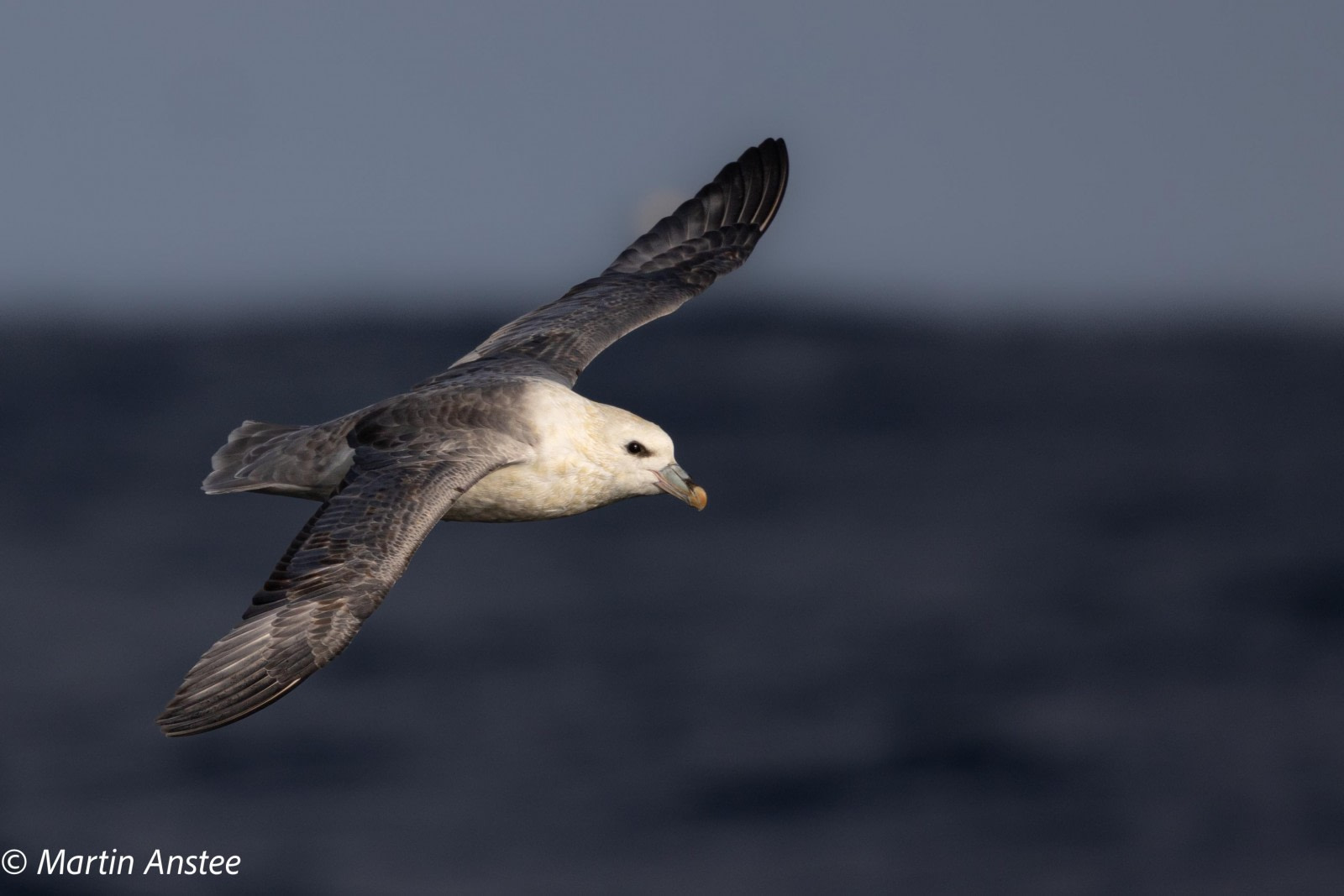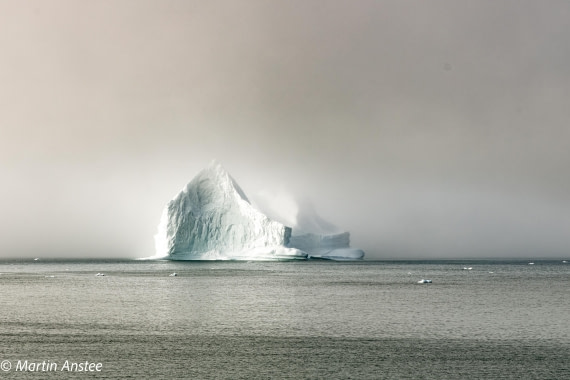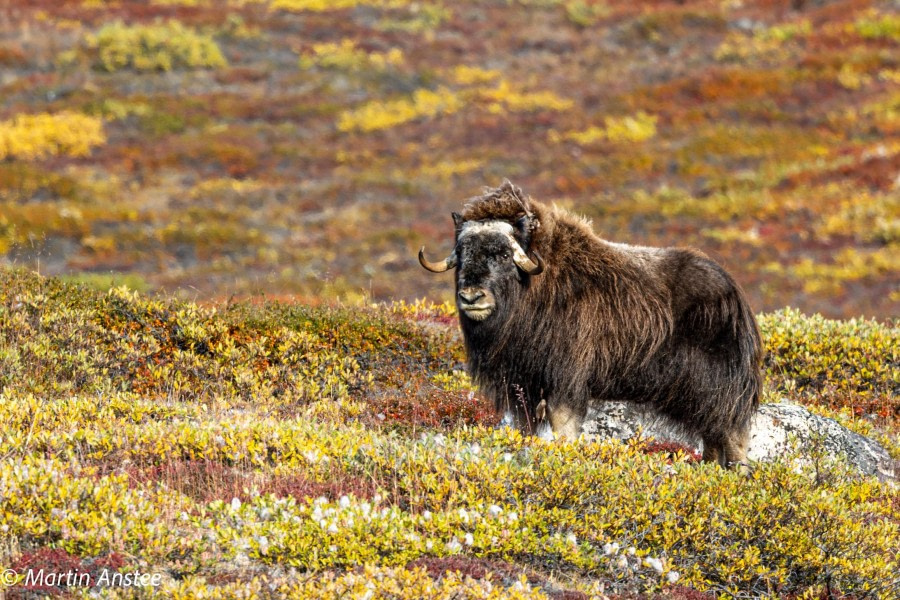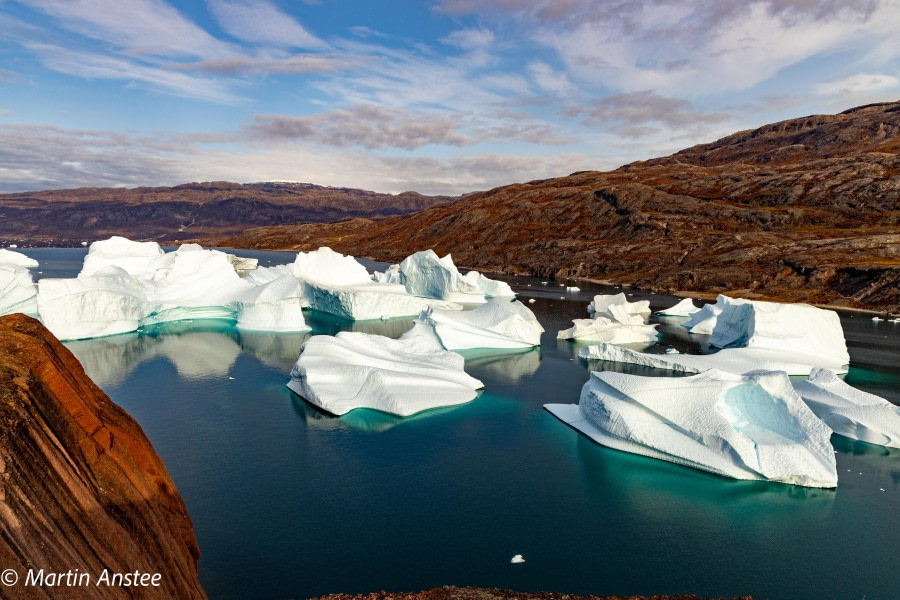| Fecha: |
06.09.2023 |
| Posición: |
70°59.6’N / 27°43.3W |
| Viento: |
Light air |
| Clima: |
Clear sky |
| Temperatura del Aire: |
+8 |
In the morning, we touched down in Rypefjord, a place where the name itself, "Rype," pays homage to the Ptarmigan, a common bird in the region. This fjord was given its name by the 1891-92 Den Østgrønlandske expedition, led by Carl Ryder, who stumbled upon it during a sled journey in April 1892. The Greenlandic name for this location has also been recorded as Aqissit Kangersuat.
The day welcomed us with abundant sunshine and warmth. During the morning, we embarked on a hike through the red and orange tundra. Here, we were fortunate to spot snow buntings, the northernmost breeders of any land-based bird. These "snowflakes" inhabit pockets of tundra not cloaked in ice. Additionally, we had the privilege of encountering some shy muskoxen.
Later in the day, we made landfall in Harefjord, another place named by the 1891-92 Den Østgrønlandske expedition, led by Carl Ryder, in honor of the Arctic hares that inhabit the area. The Greenlandic version of the name is Ukattit Kangersuat.
During our exploration, hikers conquered a hill to enjoy a breathtaking view of the fjord, which was packed with icebergs. They also had the privilege of spotting an Arctic hare, a creature known for its remarkable speed, capable of reaching up to 64 km/h (40 mph) to evade predators like Arctic wolves, Arctic foxes, Gyrfalcons, and Snowy owls. The medium hiking group had an awe-inspiring encounter with a herd of eight muskoxen. These herds typically consist of females and young, led by one dominant mature bull. Instead of hiking extensively, the group chose to sit in silence, observing this remarkable spectacle without disturbing the animals.
Meanwhile, the leisurely group embarked on a Zodiac cruise to observe the muskoxen. Along the way, they also had the chance to encounter seals and get up close to icebergs.
To wrap up the day, the galley and the hotel department arranged a BBQ on the deck. We delighted in delectable food, warm glühwein, and outdoor dancing, all while savoring the picturesque Greenlandic landscapes.



















